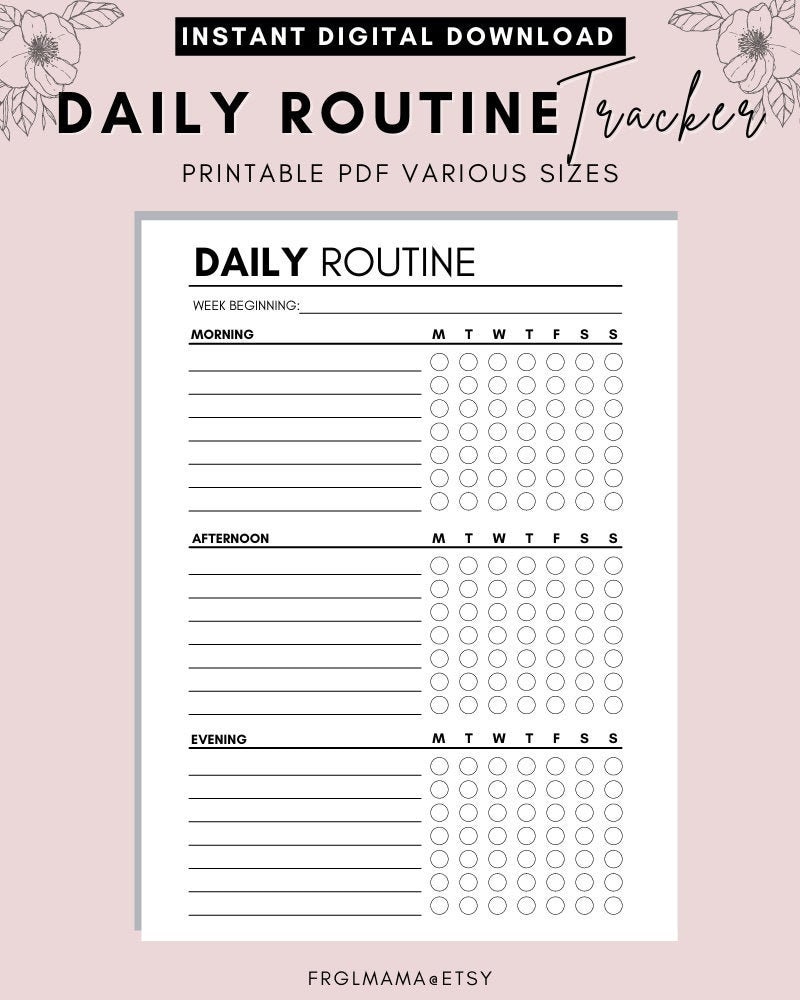

As a result, your body needs to sleep when it's dark outside and wake up when it's daylight out. This clock regulates your body's sleep-wake cycle every 24 hours. You are most likely aware that your body has its internal clock. If you continue to add items to your list throughout the day, you won't be successful in completing it. Sometimes your to-do lists end up being way too long to finish in a single day, so they get pushed to the following day.įurthermore, an unfinished to-do list can demotivate you, affecting your productivity.Īs a matter of fact, you should limit your daily to-do list to 3 to 5 items at the most. These days, there are quite a few time-blocking applications available to let you manage your time effectively. Each block is assigned to do a specific task or a set of tasks of the same type.īlocking your time to perform multiple activities will help you -Įxecute all of the various (types of) tasks in a day without feeling overwhelmed It is a method of dividing your day into blocks of time.

Time blocking is a powerful time management strategy that will enable you to complete tasks on time. One of the most effective ways to schedule your tasks is by using the time blocking method. But, if you want to be more efficient, this is not the approach to choose.Īlways reserve the hours when you feel more energetic (in most cases, the morning hours) for your most important tasks (i.e., your proactive tasks).Īs you are low on energy during the mid-afternoon, it is always a good idea to acknowledge and respond to emails and messages (i.e., your reactive tasks) at this time of the day. It may be urgent to answer your emails and messages early in the morning before you even begin with your actual work. Similarly, you can put off doing a less important item on your to-do list until you've completed a considerably more important one.

Once you have determined your priorities, you'll be able to focus on the most important tasks first. To make things easier, start by making a to-do list. Now that you've distinguished the different types of tasks, you can start prioritizing them. This step will make determining your priorities easier. I cannot stress enough how important this step is for having a truly productive day. The foundation for making a daily routine is to first distinguish between proactive and reactive tasks (so that you can schedule them accordingly). That is why they appear to be more appealing to work on. Performing reactive tasks comparatively requires lesser energy. Some of the most common reactive tasks include responding to emails, messages, attending meetings, etc. These types of tasks are - simple to perform, monotonous to work on, and do not provide many long-term rewards. On the other hand, REACTIVE TASKS are the not-so-important tasks that simply need you to respond (but are still necessary). As a result, the odds of procrastination increase. Performing proactive tasks requires some mental clarity as well as more energy. These types of tasks - appear daunting at first, but they are enjoyable and have long-term advantages. PROACTIVE TASKS are your most important tasks, which include working on new innovative ideas. Our daily tasks are (roughly) divided into two distinct categories –


 0 kommentar(er)
0 kommentar(er)
